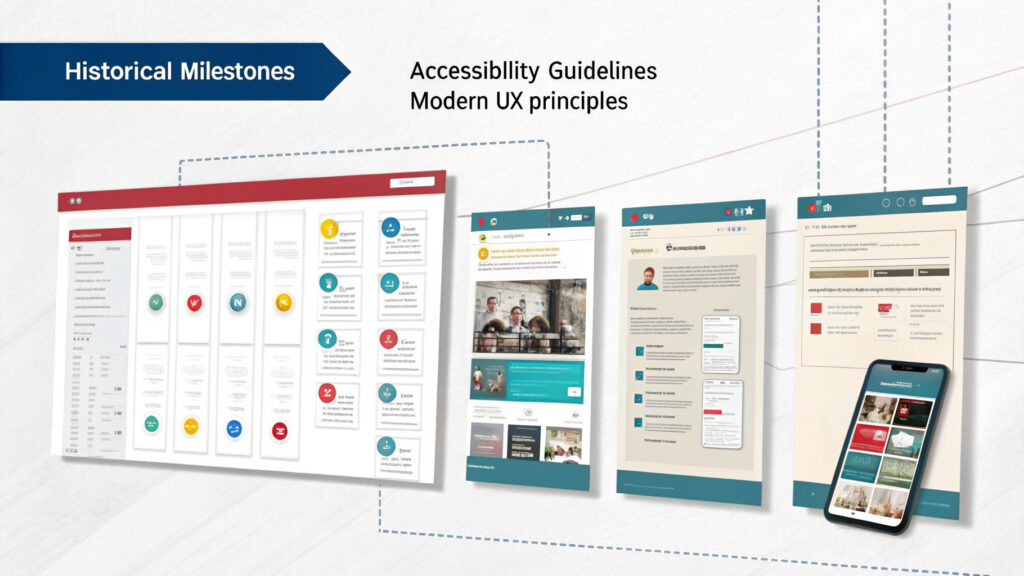
In the ever-evolving world of UX Design, there is a clandestine, almost subterranean element we seldom speak of, but encounter every day. Known as “Dark Patterns,” they are the cheeky gremlins of the UX world. Crafted with an uncanny finesse, they are designed to trick users into actions that, given a free choice, they probably wouldn’t undertake.
The term “Dark Patterns in UX,” coined by Harry Brignull, a UK-based UX Specialist, refers to the manipulative design elements that steer users into making decisions that are not necessarily in their best interest. These are not random design flaws or unintentional oversights. Oh no, they are the masterpieces of crafty designers, carefully planned and executed to manipulate the user’s behavior.
To make it clearer, let’s take an example. Ever noticed how online platforms make it as easy as pie to sign up for their services, but when it comes to unsubscribing, it’s like getting lost in an M.C. Escher painting? You could almost hear the ticking of a sinister clock designed to frustrate you into giving up. That, dear reader, is an example of a dark pattern.
Dark Patterns in UX use a variety of tricks to achieve their nefarious goal. Whether it’s hiding information, making the cancellation process as painful as pulling teeth, or using confusing language to make you doubt your decisions, these design elements are as creative as they are cunning.
But why, you ask, would any respectable designer resort to such shenanigans? The reason is simple yet unsavory: to drive user actions that directly or indirectly benefit the business. Whether it’s to keep you subscribed to a service, encourage you to make additional purchases or share more personal data, these dark patterns can significantly influence a company’s bottom line.
The real question is, how ethical is it? The short answer – it’s not. It’s akin to luring someone into a labyrinth under the guise of a garden tour. Dark Patterns in UX, while being incredibly effective, are widely criticized for their manipulative nature. They exploit the user’s trust, turning the supposed user-friendly experience into a user-frenzy one.
The deceptive nature of Dark Patterns in UX has spurred a call for transparency and ethical design practices. As designers, while it’s important to meet business objectives, it’s equally important to respect user autonomy. After all, we’re in the business of creating user experiences that make lives easier, not more complicated.
Sadly, dark patterns are not going away anytime soon. As long as businesses prioritize profit over ethics, they’ll continue to exist. However, there’s a growing movement advocating for ethical UX design. This shift is crucial because ultimately, users should have the power of choice, not be made dizzy by the spiraling stairs of a UX Escher painting.
In the end, it’s a matter of choice – to manipulate or to assist, to deceive or to illuminate. The UX design community should strive to enforce ethical standards, promoting transparency and respect for users. After all, we’re not just designing experiences; we’re also shaping the digital landscape and the way users interact with it.
So, the next time you come across pre-selected checkboxes, hidden charges, or misleading language while browsing a website, remember – you’ve just encountered a dark pattern. It’s not you, it’s them. And in this game of digital cat and mouse, being aware is the first step towards not being a pawn in their cunningly designed game.


